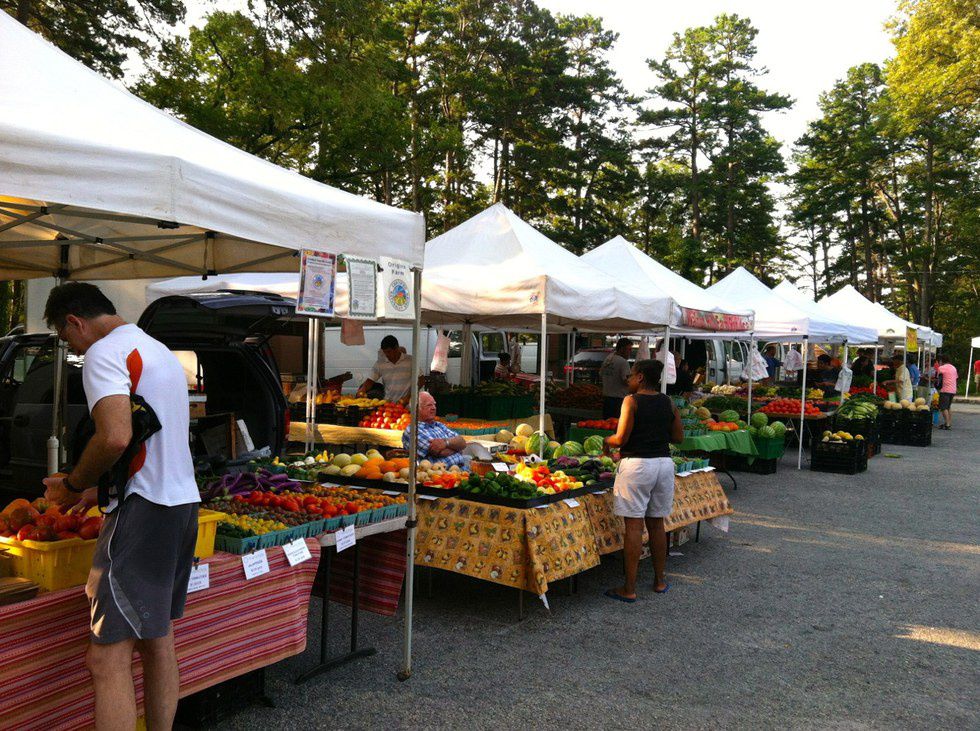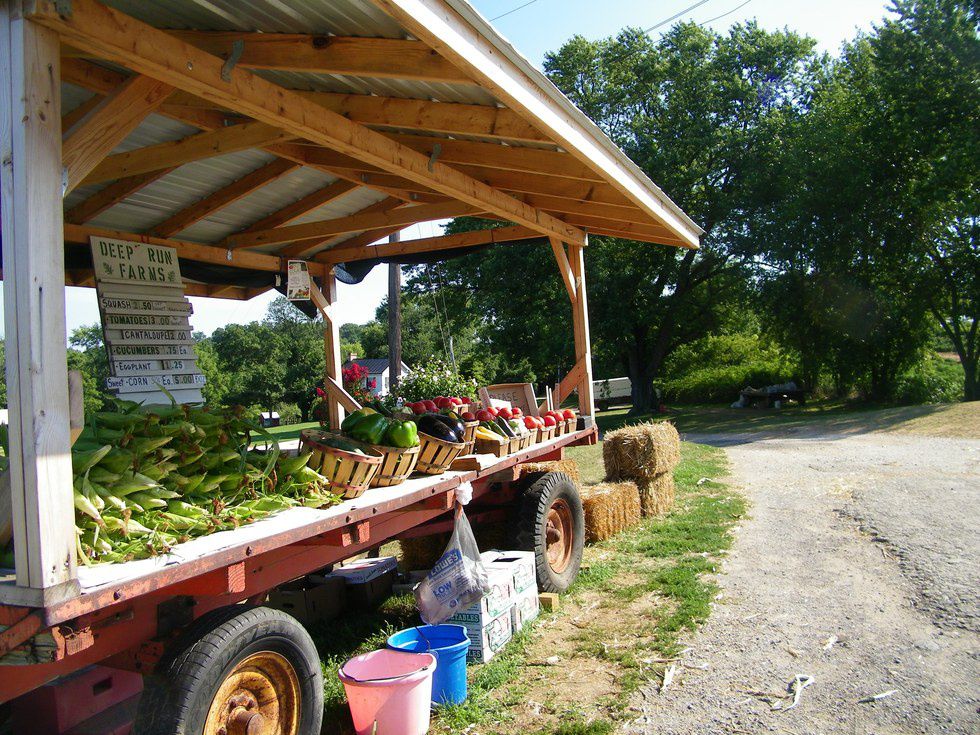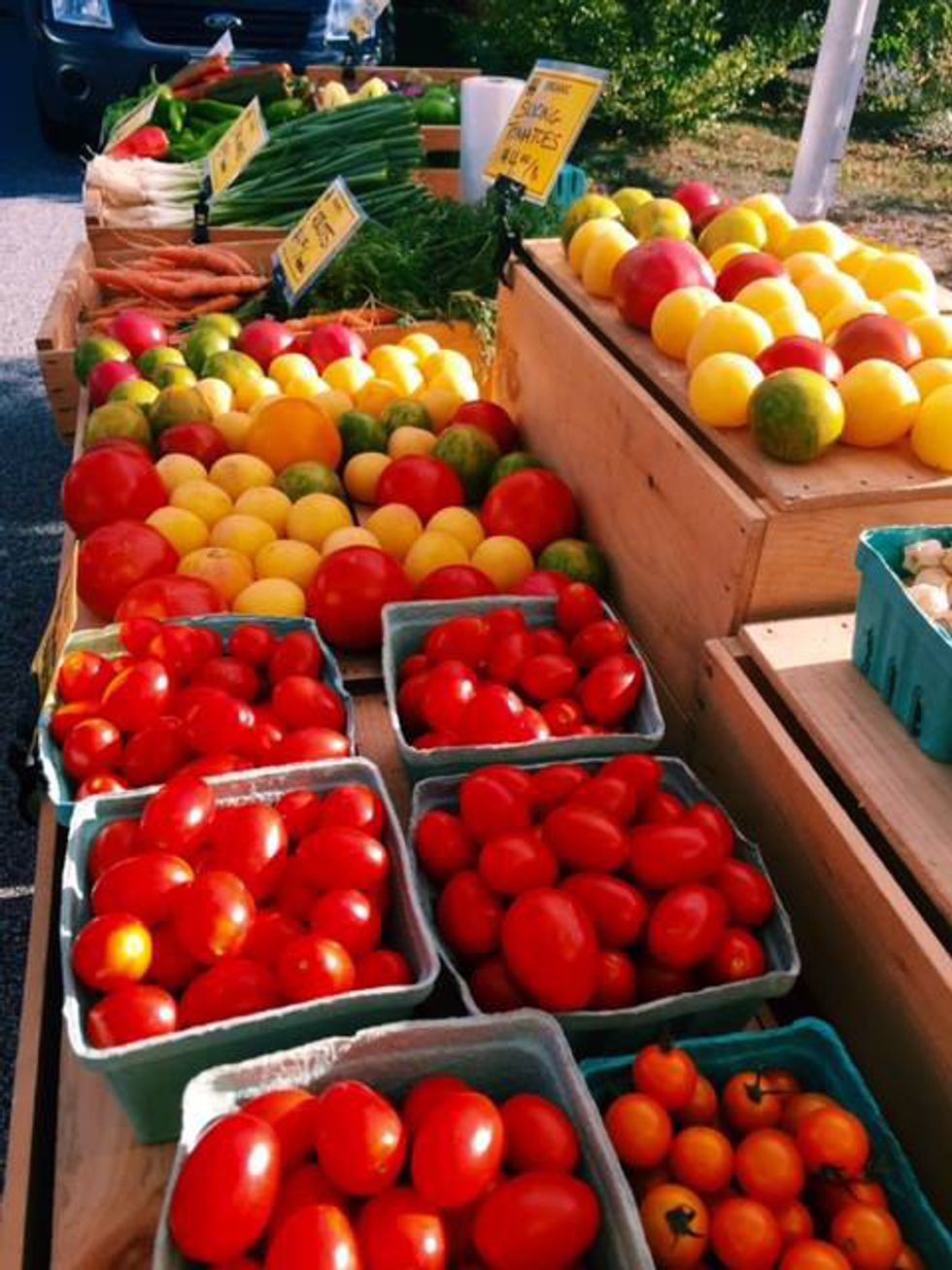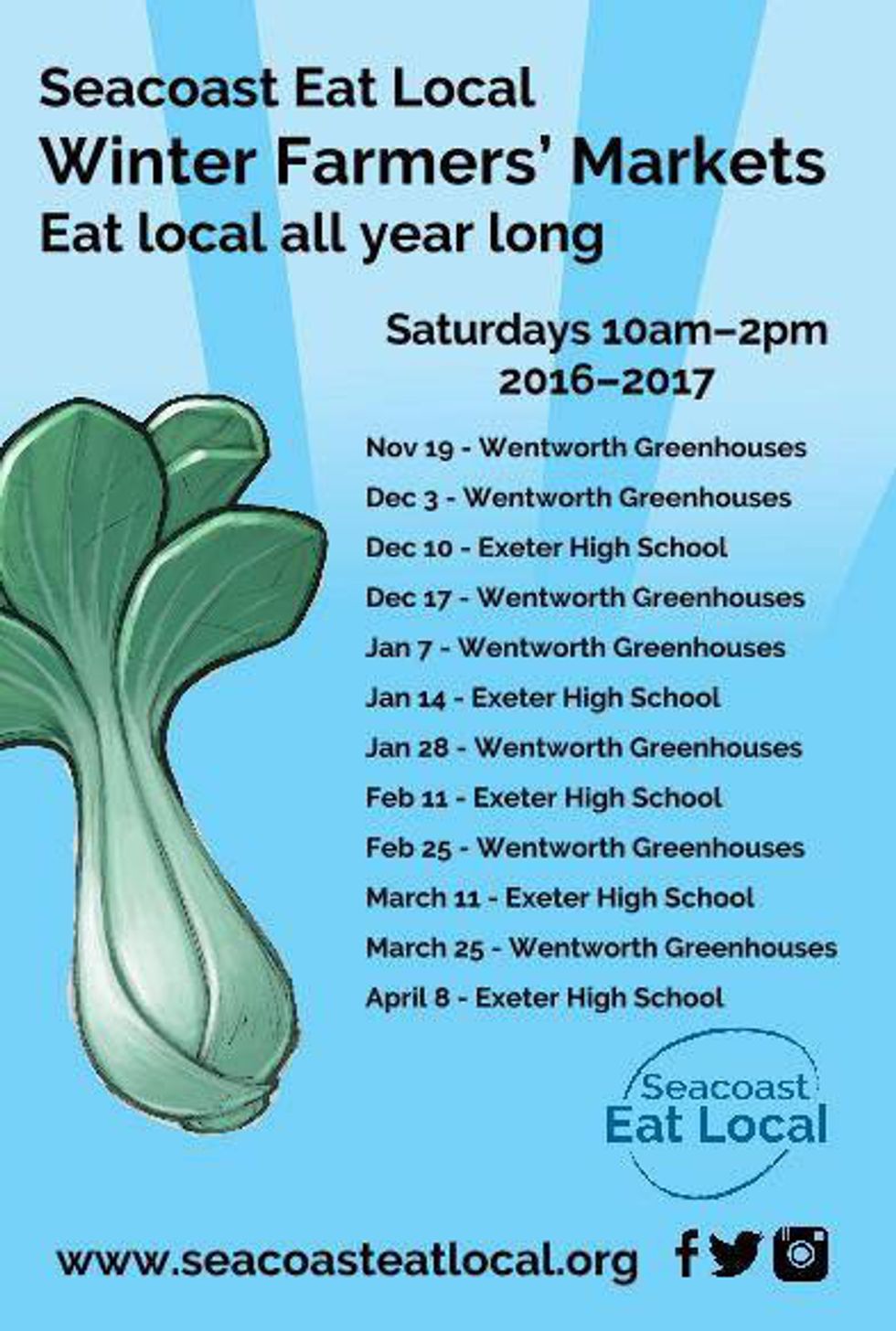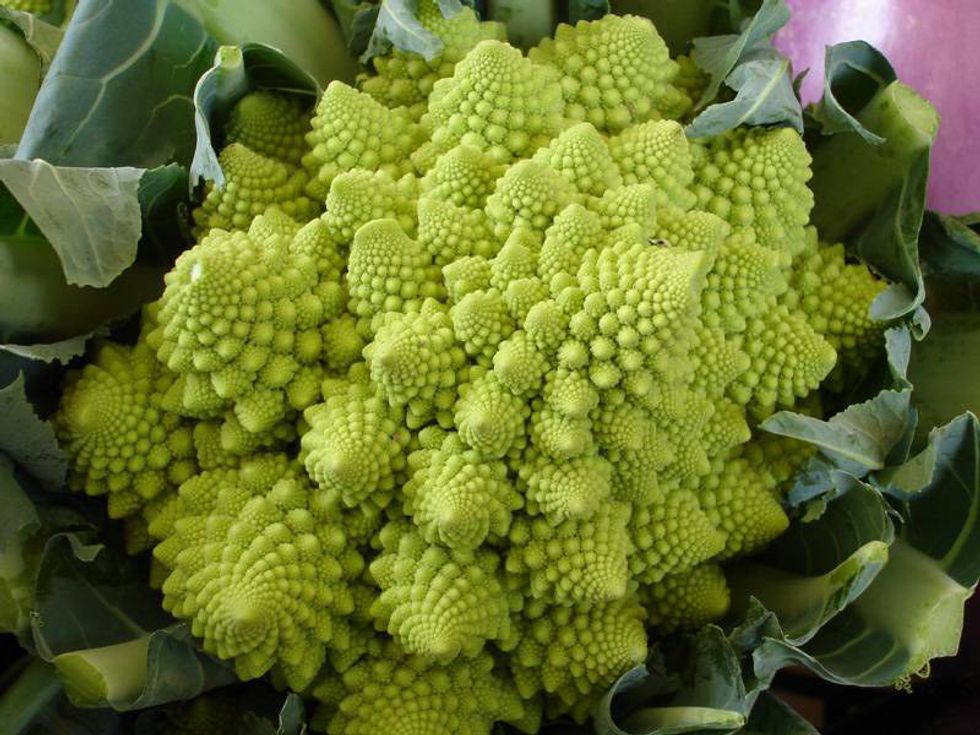It’s November guys… How is that even possible?! As Fall arrives and the weather gets colder, the roadside farm stands start closing up, the signs for your town’s weekly farmer’s market start coming down, and the thought of buying local food really just seems like it’s a Summer thing. Well, it’s not. Today I’m going to talk about the perks of shopping local, and give you some tips on buying local throughout the Winter!
Perks:
Better for the Environment!
Reduce the carbon footprint: Food purchased from a farmer’s market or local farm more-than-likely traveled hundreds of miles less than the food you find in the grocery store, which translates to less pollution and reduced oil-use.
Preserve biodiversity and genetic diversity: If you’ve ever been to a farmer’s market or farm stand you might have noticed that you often find new varieties of familiar things, or things you’ve never even heard of before. This is because smaller local farms produce a large variety of crops so that they can have a long continuous harvest throughout the season, some of the crops may even be heirloom varieties which mean the seeds have been passed on from generation to generation (this is a good thing). Factory and industrial farms are managed with profits in mind, so they mass-produce a limited variety of crops - this is rough for the health of our soil (which is way more important than you think), and could result in a future of minimal crop variety (things like this, lead to things like the Irish Potato Famine). Lack of diversity in agriculture is also harmful to the environment surrounding the farms, and is linked to the cause of Colony Collapse Disorder, and the dwindling of bee species around the world. Without bees, we don’t have food, people!
Preserve open space: When you support local farms, you make it possible for them to maintain and afford their land, which reduces the sale of land to developers.
Better for the Community!
When you spend your money locally, more money stays within the community which is good for the local economy. When you buy directly from the farmer, they are able to keep a bigger cut of their profits, which again means more money staying within the community. Local farms also provide local employment, and when you purchase things from actual human beings rather than large corporations, relationships are forged that bond the community together. Win, win, win, as far as I’m concerned.
Better for your Health!
You must have known this part was coming if you’re reading an article of mine! Local food is better for you, let me tell you the ways:
More nutritious: Local food literally has more of the good-stuff in it. Fruits, and vegetables begin to lose nutrient value as soon as they are picked, and are the most nutritious when they are able to fully ripen before they’re picked. Most grocery store produce was picked half-way across the country before it was ripe, traveled miles and miles to your store, got stocked onto the shelves, and then it eventually makes it way to your fridge, you likely consume it weeks after it was originally picked. When you buy something locally it was able to ripen before it was picked, and it probably didn’t travel far or sit very long before you picked it up and brought it home (maybe you even picked it yourself!). Also, as mentioned earlier – the soil of local farms is probably healthier, and healthier soil means more nutritious crops.
Seasonal benefits: Have you ever thought about how animals eat? Animals survive in their habitats by eating the foods that their environment provides. A polar bear probably wouldn’t be very well-suited for their environment if they had their food shipped in from Florida. Humans are, as far as nature is concerned, animals – and despite the fact that it’s possible to ship strawberries from warm California in, to wintry New England, our bodies are going to be most capable of keeping us warm in those winter months if we’re (mostly) eating the things that are available locally. This doesn’t mean that you should never enjoy strawberries in the Winter, but they really shouldn’t be an everyday thing. The food that successfully grows in our environment, in each season, is the best fuel for us to thrive in our environment.
Reduce chemical-exposure: This part’s not a guarantee by any means, but it’s likely that even if a local farm uses standard chemical pesticides, and herbicides they’re using less than the amounts that are doused onto the fields in industrial farming. Some small, local farms may even operate under organic principles but they can’t use the term “organic” because of the costs associated with getting certified. The cool thing about buying local is that you have easy access to information about chemical use, and practices - because you can probably just ask the farmer yourself when you’re making a purchase.
Alright so, those are the perks! Next up: how, and where to get your local goodness (even when its Winter)!
Shopping:
In the summer, shopping for food locally is easier, you may even have a neighbor down the street with a little farm stand in their front yard (awesome). Try to take advantage of these things, for example: I don’t know about where you live, but where I live I don’t understand why anyone gets their corn-on-the-cob from the grocery store – it’s available fresh, and local all over the place, and it tastes so much better! Keep an eye out for roadside farm stands, visit local farms that have storefronts, and look up the local farmer’s market schedule for your area! Another option, if you find that you really enjoy your local produce (why wouldn’t you?) is to sign up for a CSA. Community Supported Agriculture, or CSA is a way for you to invest in a farm at the beginning of the season, and then each week you’ll receive a share of that week’s harvest; it’s like a subscription to your local farm (subscription services are super trendy right now, may as well do a CSA too!).
Now… that it’s getting cold out, and the snow is sure to come any day now (insert sobbing), the availability of local produce is reduced. You probably won’t just happen upon it on the side of the road anymore, so you have to know where to go. If you live in Seacoast, NH, Seacoast Eat Local organizes a Winter farmer’s market: check the schedule here (or below), and follow Seacoast Eat Local on Facebook. I discovered it last year and it’s amazing, if you haven’t been – go! If you don’t live in the Seacoast area, here are some resources for finding local food all year long (these links are useful if you do live in the Seacoast as well): Local Harvest, Eat Local Grown, Eat Wild, these are all great resources for finding locally grown foods including dairy, eggs, and meat. Bonus Seacoast resource: Seacoast Harvest.
P.S. Definitely try some new things – winter farmer’s markets are a great place to find those, I highly recommend Romanesco (see below) because it looks cool, and it tastes great!
Thank you so much for reading, I hope you enjoyed it! Now go out there - get some local food, meet your local farmers, and support your community and your health at the same time!




